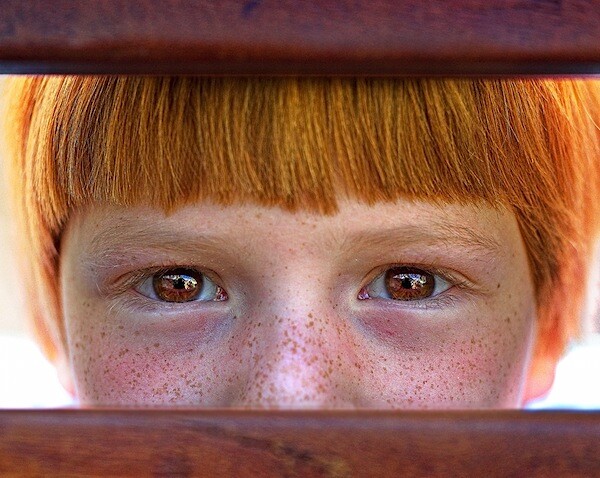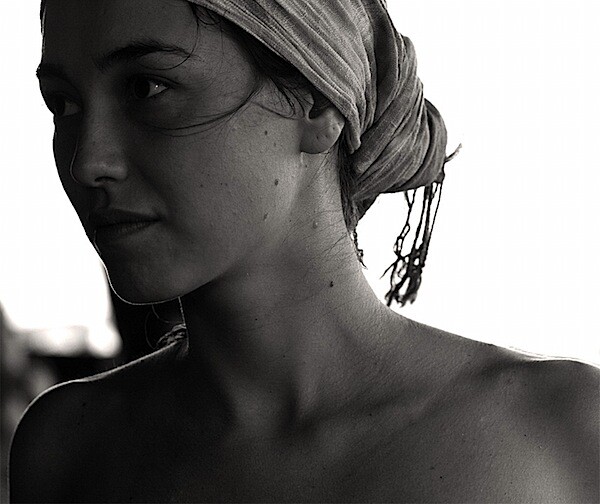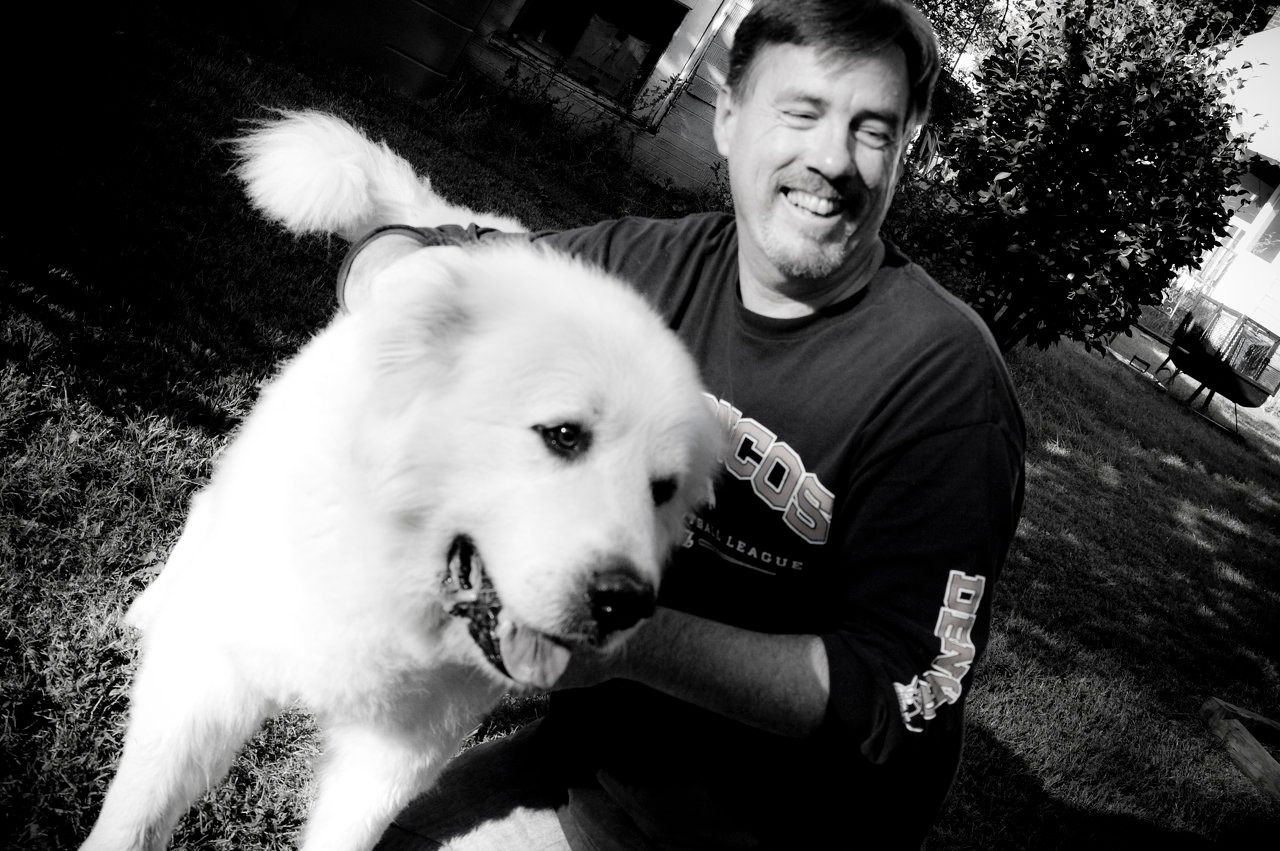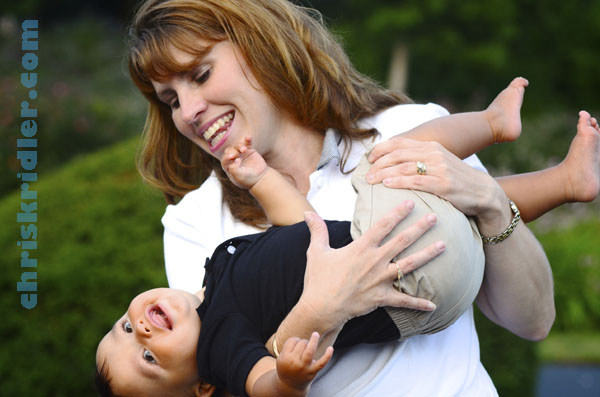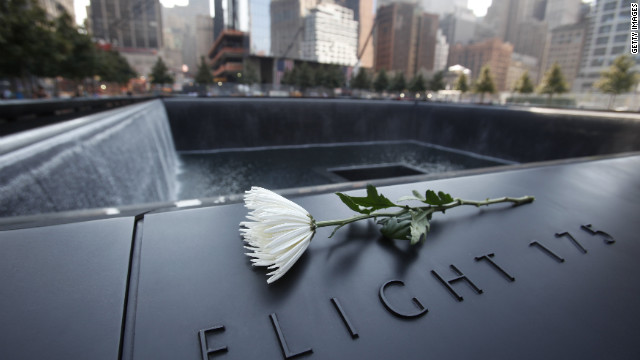The New York Times Magazine, September 14, 2014, The Culture Issue
Photographer: Victoria Diehl
Designer: Raul Aguilla
"For the cover of the magazine’s annual Culture issue, the artist Victoria Diehl rendered Lena Dunham in the style of an ancient Greek bust. This juxtaposition of the modern and the classical highlights the issue’s underlying theme: the waning of the patriarchy in art and culture, and the rise of other kinds of voices. Modern typography inspired by old-style calligraphic letterforms completes the design."
Designer: Raul Aguilla
"For the cover of the magazine’s annual Culture issue, the artist Victoria Diehl rendered Lena Dunham in the style of an ancient Greek bust. This juxtaposition of the modern and the classical highlights the issue’s underlying theme: the waning of the patriarchy in art and culture, and the rise of other kinds of voices. Modern typography inspired by old-style calligraphic letterforms completes the design."
This photo conveys the cultural relevance of Classical Greece in the modern world, the prevalence of the patriarch and the significance of its effects on society. In order to send this message, the photographer had Dunham pose in the specific manner of a Classical Greek bust and used a black background, simplicity, to allow the image to stand out significantly. The amount of light on the bust is just enough to give it the illusion of being marble, but not so much as to create too much reflection. While in reality Dunham is not so pale, the whitish color assists with the marble effect and conveys the message by showing how unrealistic the "ideal woman" is in reality. The message is mainly communicated by showing the similarities of the patriarch in Classical Greece and today's modern society.





